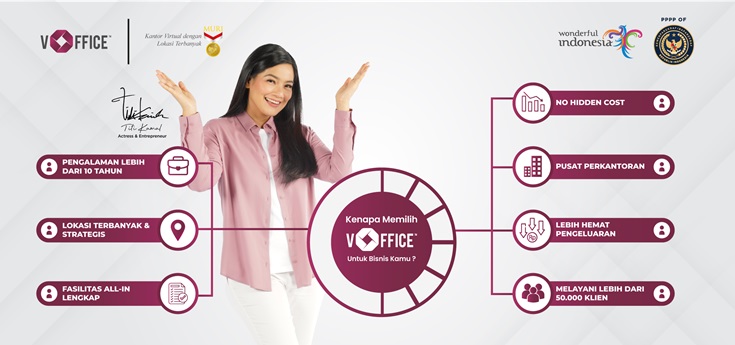An essential document in Indonesia’s Value Added Tax (VAT) system. This document serves as the basis for Taxable Entrepreneurs (PKP) to credit the tax paid on the purchase of taxable goods or services. This article will thoroughly explain the role, procedures, benefits, and efficient management of input tax invoices to ensure optimal tax compliance.
What Is an Input Tax Invoice?
It is proof of VAT collection received by a PKP when purchasing or acquiring taxable goods (BKP) and/or taxable services (JKP). This invoice can be credited against output tax invoices, provided it meets the conditions stipulated in tax regulations.
Main Benefits
Reduce Tax Burden
Allows businesses to credit the VAT paid, thereby lowering the total VAT payable.
Valid Proof of Transaction
As an official document, it strengthens the validity of transactions in financial reports and tax filings.
Improved Tax Compliance
With well-organized invoice documentation, companies can avoid penalties or fiscal corrections.
Crediting Requirements
To be eligible for VAT crediting, the following requirements must be met:
- The tax invoice must be issued by a legitimate PKP.
- The invoice must include the buyer’s identity and Taxpayer Identification Number (NPWP).
- The VAT must relate to the acquisition of BKP/JKP used in business activities.
- The invoice must be reported in the VAT Periodic Return (SPT Masa PPN) within the stipulated time frame.
Management Procedures
Systematic Recording
Must be recorded in the company’s accounting books and input into the e-Faktur system.
Validation via QR Code or e-Faktur
Invoice authenticity can be verified through the DJP Online system using the tax invoice serial number (NSFP).
Reporting in VAT Periodic Return
Valid input tax invoices must be reported in the monthly VAT Periodic Return.
Common Challenges
Invalid or Duplicate Invoices
Fake or duplicate invoices may lead to tax corrections during audits.
Late Reporting
Invoices not reported within the allowed period cannot be credited.
Data Entry Errors
Even minor errors may render an invoice ineligible for input tax credit.
Due to the complexity of input tax invoice administration, many businesses choose to work with Professional Tax Consultant Services. These services help:
- Ensure received invoices are valid and creditable
- Systematically manage e-Faktur input
- Accurately and timely prepare VAT Periodic Returns
- Provide support during tax audits
With professional assistance, you can focus on growing your business without worrying about administrative burdens and fiscal risks.
If you need assistance with tax matters, you can rely on vOffice’s tax consultancy services. Our team can assist you with all your tax needs, including:
- Accounting services, financial report creation, and tax reporting
- Payroll Management Services
- PKP Registration Services in Jakarta and surrounding areas
Get a FREE consultation now and enjoy special offers
FAQ – Frequently Asked Questions
What is an input tax invoice?
An input tax invoice is proof of VAT collection on the purchase of goods/services that can be credited by a PKP.
Can all input tax invoices be credited?
No. Only invoices that are valid and meet the requirements under tax regulations can be credited.
What is the time limit for crediting?
According to PMK 72/PMK.03/2010, invoices can be credited within a maximum of 3 months after the tax period in which the transaction occurred.
How do I verify if an invoice is valid?
By checking the NSFP using the e-Faktur application or DJP Online website.
Can an incorrect input tax invoice be corrected?
Yes, through the issuance of a replacement invoice by the seller.










